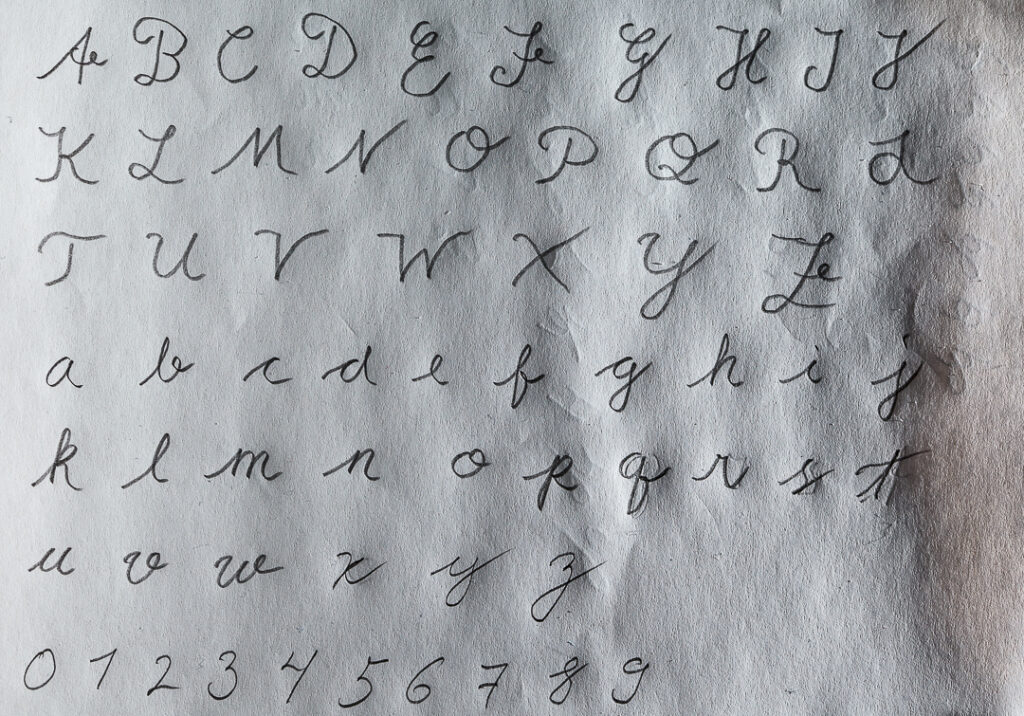I stumbled upon this post by Jose Gilgardo called “own your work“. In a nutshell it argues that, sooner or later, a platform owned by someone else will kick the bucket. GeoCities and MySpace is a good example.
The solution seems simple: own the data, own the entry point. And it is simple.
Own the data
Own the data is easy. Make sure you always have a copy at your place. That is, do not just write your work directly in Medium, Facebook, Blogger or whatever. Keep a copy at your local device. Preferably in a format that open and easy to upload somewhere else.
Own the entry point
Get a domain, point it at your data. If you need to move your data, update your domain accordingly. This way your data will always be associated with your domain name, and not the current provider that hosts your data.
Cost of ownership (and why it isn’t that high)
The cost associated with this is slightly higher than the alternative. But that is the price of owning, rather than giving it away for free. Actually, in most cases you are actually paying for giving away your data. You just don’t know it.
Writing a post on Facebook is free. You don’t pay for it directly. But you pay for it in terms of viewing ads and giving away personal data, which Facebook and their parent company Meta in turn sells to the highest bidder.
I host my own domain on my own server at my own house. Ergo, I own my own content. It may not be good, but it is mine. And if I move, I have the data, I have the entry point (given I continue to pay for the domain name.)
The part about “my own server at my own house” is the “or worse” part in the title. If there is a power failure or a disk failure or the internet connection for some reason goes down, my content is unavailable. I still own it, but you won’t see it.
Actually, this happened this week. For some reason my router stopped working. It took a few reboots for it to work again. And this was only two weeks after I enabled IPv6. So my blog was not only IPv6 in-accessible, it was IPv4 in-accessible as well. And as I feared, I got a new IPv6 block once my router started working again.




